
Projects
Ongoing projects
If you wish to apply for a new project in BEF-China, please download the application form.
- TreeDì
- MultiTroph
- Productivity
- Nutrient cycling
- Multitrophic interaction
TreeDì
P1G: Spatio-temporal dynamics of canopy space filling
Prof. Dr. Goddert von Oheimb
TU Dresden
Goddert_v_Oheimb@tu-dresden.de
Prof. Dr. Werner Härdtle
German Centre for Integrative Biodiversity Research (iDiv)
werner.haerdtle@uni.leuphana.de
PhD student:
Maria Dolores Perles Garcia
Objectives:
* To analyse crown, branch and leaf traits in relation to tree-tree interactions (TSPs and local neighbourhood);
* To analyse trait variability related to canopy filling and light interception;
* To quantify how canopy space use complementarity translates into enhanced tree growth.
P1C: Belowground productivity and complementarity
Prof. Dr. Xiaojuan Liu
Institute of Botany, Chinese Academy of Sciences
liuxiaojuan06@ibcas.ac.cn
Dr. Wensheng Bu
Jiangxi Agricultural University
bws2007@163.com
Prof. Dr. Keping Ma
Institute of Botany, Chinese Academy of Sciences
kpma@ibcas.ac.cn
PhD student:
Hanjiao Gu
Objectives:
* To analyse species richness effects on fine-root production;
* To analyse effects of species composition on fine-root turnover and distribution;
* To find the connection between below- and aboveground processes.
Subproject:
1. The impact of different species diversity levels on nutrient reabsorption in different organs (branches, leaves and fine-root);
2. The effects of tree species diversity on productivity and turnover of different fine-root functional groups.
P2G: Causes and effects of leaf trait variation
Dr. Sylvia Haider
Institute of Biology, Martin-Luther-University Halle-Wittenberg
sylvia.haider@botanik.uni-halle.de
Prof. Dr. Stan Harpole
German Centre for Integrative Biodiversity Research (iDiv)
stan.harpole@idiv.de
PhD student:
Andréa Davrinche
Objectives:
* To quantify to which degree leaf traits are adjusted to different light conditions along the interaction plane of two tree species;
* To analyze trait variation as a response to species and functional diversity of the local neighborhood of the TSP andthe dependence of traits and trait variation on soil nutrient availability;
* To relate trait variation and performance of the TSP;
* To quantify different components of trait variation to complementarity effects of ecosystem functions.
Subproject:
1. Complementarity through leaf traits variation: What are the implications of trees diversity for productivity at a tree pair level and a local neighbourhood level?
2. How biodiversity-ecosystem functioning relations change with or without the presence of local soil biota.
P2C: Roots and mycorrhizal traits
Prof. Dr. Zeqing Ma
Institute of Geographic Sciences and Natural Resources Research, Chinese Academy of Sciences
mazq@igsnrr.ac.cn
Dr. Bo Yang
Jingdezhen University
yangbomvp@aliyun.com
PhD student:
Gaigai Ding
Objectives:
* To characterize tree species by their root morphological and anatomical root traits;
* To assess the response of root and mycorrhizal traits to resource patches, different tree neighborhoods, and site-scale resource gradients;
* To test whether complementary traits translate into enhanced tree productivity.
P3G: Spatio-temporal complementarity
Prof. Dr. Christian Wirth
Institute of Biology, Leipzig University (UL)
cwirth@uni-leipzig.de
Prof. Dr. Jürgen Bauhus
Institute of Biology, Leipzig University (UL) & German Centre for Integrative Biodiversity Research (iDiv)
juergen.bauhus@waldbau.uni-freiburg.de
PhD student:
Florian Schnabel
Objectives:
* Assess how neighborhood diversity affects water use efficiency (~stomatal closure) and growth during drought years for tree species with contrasting stomatal control (water savers vs. spenders);
* Test how competitive asymmetry is controlled by diversity at the level of TSPs and their neighborhood based on biometric measurements.
Subproject:
1. how neighborhood diversity affects water use efficiency (~stomatal closure) and growth during drought years for tree species with contrasting stomatal control (water savers vs. spenders);
2. The effects of contrasting climatic conditions on diversity-stability relationships.
P3C: Seasonal complementarity of wood growth
Assoc. Prof. Dr. Zhiyao Tang
College of Urban and Environmental Sciences, Peking University
zytang@urban.pku.edu.cn
PhD student:
Tongyan Liu
Objectives:
* Analyze whether diverse forests express complementarity in seasonal growth and whether this translates into higher productivity;
* Analyze whether diversity advances the start of the growing season;
* Relate seasonal growth complementarity to functional diversity of available proxy traits.
Subproject:
1. Influence of local biodiversity on the seasonality of tree growth;
2. Effects of diversity on the seasonality of plant growth and lignification formation;
3. Effects of diversity on the seasonality of plant growth and lignification formation.
P4G: Associational effects of herbivory across spatial scales
Prof. Dr. Andreas Schuldt
Martin-Luther-University Halle-Wittenberg Institute of Biology
andreas.schuldt@forst.uni-goettingen.de
PhD student:
Perttu Anttonen
Objectives:
* Herbivory & community structure of herbivore feeding guilds across space & time;
* Top-down vs. bottom-up control;
* Consequences for tree growth & productivity.
P4C: Associational effects mediated by parasitoids
Prof. Dr. Chaodong Zhu
Institute of zoology, Chinese Academy of Sciences
zhucd@ioz.ac.cn
PhD student:
Yi Li
Objectives:
* Moth larvae-predator-parasitoid networks;
* Molecular identification pipelines;
* Phylogenetic framework for trophic communities.
P5G: Drivers of leaf fungal pathogen load
Prof. Dr. Helge Bruelheide
Institute of Biology, Martin-Luther-University Halle-Wittenberg
helge.bruelheide@botanik.uni-halle.de
PhD student:
Mariem Saadani
Objectives:
* To estimate the leaf area infected by fungal pathogens;
* To identify all fungal species found on the TSP trees, using morphological and molecular approaches;
* To monitor pathogen load and fungal species richness under different crown interaction points of TSPs and to relate these patterns to microclimate;
* To study the effect of pathogen load on tree productivity.
P5C: Effects of leaf pathogens on leaf litter decomposition
Prof. Dr. Lingli Liu
Institute of Botany, Chinese Academy of Sciences
lingli.liu@ibcas.ac.cn
Prof. Dr. Xiaoyong Cui
University of Chinese Academy of Sciences
cuixy@ucas.ac.cn
PhD student:
Lulu Guo
Objectives:
* To study the temporal course of fungal species composition, in parallel with the leaf chemical composition;
* To study leaf decomposition rates and to relate them to species leaf litter composition, pathogen load and local neighbourhood diversity.
P6G: Biodiversity effects on tree root exudate metabolomes
Prof. Dr.Nicole van Dam
German Centre for Integrative Biodiversity Research (iDiv)
Nicole.vandam@idiv.de
Dr. Steffen Neumann
Leibniz Institute of Plant Biochemistry
Steffen.Neumann@ipb-halle.de
Prof. Dr. Dierk Scheel
Leibniz Institute of Plant Biochemistry
Dierk.Scheel@ipb-halle.de
Dr. Alexander Weinhold
German Centre for Integrative Biodiversity Research (iDiv)
alexander.weinhold@idiv.de
PhD student:
Min Liu
Objectives:
* Characterise tree species-specific root exudation metabolomes in plots with different levels of (functional) diversity;
* Analyse if tree species interactions drive changes in root exudation patterns and profiles;
* Assess the degree of complementarity in root exudate metabolomes in local neighbourhoods.
P6C: Complementarity in nitrogen uptake by roots
Prof. Dr. Xingliang Xu
Institute of Geographic Sciences and Natural Resources Research, Chinese Academy of Sciences
xuxingl@hotmail.com
Assoc. Prof. Dr. Naili Zhang
Beijing Forestry University
zhangnaili@bjfu.edu.cn
PhD student:
Sirong Zhang, Min Liu
Objectives:
* Characterise N-acquisition strategies, incl. soil microbes;
* Explore how trees and soil microbes acquire available N via chemical, temporal and spatial niche differentiation;
* Examine if tree species benefit from shared mycorrhizal networks;
* Analyse degree of complementarity N- uptake in local neighbourhoods over different soil depths and seasons.
Subproject:
1. How does tree species diversity and neighbour effects affect plant-soil feedback processes;
2. Complementarity in root nitrogen uptake between neighbourhood trees.
P7G: Rhizosphere microbiome and meta-transcriptome of TSPs
Dr. Tesfaye Wubet
Institute of Biology, Martin-Luther-University Halle-Wittenberg; Helmholtz center for Environmental research (UFZ)
tesfaye.wubet@ufz.de
PhD student:
Bala Singavarapu
Objectives:
* Assess how the rhizosphere microbiome composition of mono- and hetero-specific TSPs change within and across diversity levels;
* Study the patterns of rhizosphere metagenome/ metatranscriptome profiles of TSPs across diversity levels;
* Identify the drivers and assess the relationships of the microbial co-occurrence network patterns and the functional gene profiles of mono- and hetero-specific TSPs across diversity levels.
P7C: Mycorrhizal and endophytic fungal communities of TSPs
Prof. Dr. Liangdong Guo
Institute of Microbiology, Chinese Academy of Sciences
guold@im.ac.cn
PhD student:
Huiyun Gan
Objectives:
* Analyze how root associated fungal community composition of mono- and hetero-specific TSPs change within and across diversity levels and environmental conditions;
* Assess the link between root associated microbial communities with root traits, nitrogen acquisition and exudation profiles.
P8G: Functional diversity of soil microbial and nematode communities
Dr. Simone Cesarz
Leipzig University, German Centre for Integrative Biodiversity Research (iDiv)
simone.cesarz@idiv.de
Prof. Dr. Nico Eisenhauer
Leipzig University, German Centre for Integrative Biodiversity Research (iDiv)
nico.eisenhauer@idiv.de
PhD student:
Rémy Beugnon
Objectives:
* To analyse if dissimilarity of TSPs increases functional diversity of soil microorganisms and soil nematodes;
* To analyse if more complex environments (diversity of the local neighbourhood) steepen this slope due to a higher diversity of organic inputs and microhabitats, whic is expected to increase the functional diversity of soil microorganisms and soil nematodes;
* To analyse if increased functional diversity of soil organisms results in increased biomass of microorganisms and nematodes (consumer biomass).
Subproject:
1. The impact of TSPs on functional diversity of soil microorganisms and soil nematodes;
2. Effect of tree diversity on soil microbial community metabolism with potential implications for C dynamics;
3. Effects of litter chemical quality on soil communities (composition and functions) and consequences for litter decomposition;
4. The spatial extent of tree species interactions for additive and non-additive effects on basal respiration.
P8C: Microbial function potential and its linkage with ecosystem functioning
Prof. Dr. Yanfen Wang
University of Chinese Academic of Sciences
yfwang@ucas.ac.cn
Assoc. Prof. Dr. Kai Xue
University of Chinese Academic of Sciences
xuekai@ucas.ac.cn
PhD student:
Jianqing Du
Objectives:
* To identify the functional diversity of soil microorganisms involved in nitrogen cycling processes;
* To link microbial functional diversity with corresponding ecosystem functioning by measuring soil extracellular enzyme activities and ecosystem process rates;
* To determine the response of microbial functional gene diversity and corresponding ecosystem functioning to the functional dissimilarity of the local tree neighbourhood.
P9G: Integrated modeling of tree individuals and animal population dynamics
Prof. Dr. Ulrich Brose
Friedrich-Schiller University Jena, Institute of Biodiversity / German Centre for Integrative Biodiversity Research (iDiv)
ulrich.brose@idiv.de
PhD student:
Georg Albert
Objectives:
* To model the dynamics of herbivore, pathogen and rhizosphere populations on landscapes (grids) composed of tree individuals as habitat compartments (grid cells);
* To establish spatially-explicit models of tree individuals, their tree-tree interactions, and neighborhood effects;
* To predict tree growth in novel models synthesizing population- and individual-level processes for animals and trees, respectively, which will address interaction processes such as enemy dilution and facilitation.
P9C: Modeling forest community dynamics and neighbor TSP competition
Prof. Dr. Weiguo Sang
Minzu University of China
swg@muc.edu.cn
Prof. Dr. Shaopeng Wang
College of Urban and Environmental Sciences, Peking University
shaopeng.wang@pku.edu.cn
PhD student:
Chenyu Huang
Objectives:
* To model the change between TSP partners and the whole patch change through time;
* To simulate tree interactions for forest development;
* To use the models to understand the dynamic interactions of trees in mature forests.
MultiTroph
Z1: Administrative and scientific coordination
Prof. Dr. Alexandra-M. Klein
University of Freiburg
alexandra.klein@nature.uni-freiburg.de
Chinese Coordinator:
Prof. Dr. Chao-Dong Zhu
Institute of Zoology, Chinese Academy of Sciences
zhucd@ioz.ac.cn
Project Coordinator:
Dr. Finn Rehling
University of Freiburg
finn.rehling@nature.uni-freiburg.de
SP1: Wood decomposition and decomposer interactions
Prof. Dr. Heike Feldhaar
University of Bayreuth
Heike.Feldhaar@uni-bayreuth.de
Dr. Simon Thorn
University of Würzburg
simon@thornonline.de
Chinese Partners:
Assoc. Prof. Dr. Arong Luo
Institute of Zoology, Chinese Academy of Sciences
luoar@ioz.ac.cn
Doctoral Researcher:
Matteo Dadda
University of Bayreuth
SP2: Soil-plant interactions and stoichiometry
Prof. Dr. Yvonne Oelmann
University of Tübingen
yvonne.oelmann@uni-tuebingen.de
Prof. Dr. Thomas Scholten
University of Tübingen
thomas.scholten@uni-tuebingen.de
Dr. Steffen Seitz
University of Tübingen
steffen.seitz@uni-tuebingen.de
Chinese Partners:
Assoc. Prof. Dr. Yu Liang
Institute of Botany, Chinese Academy of Sciences
coolrain@ibcas.ac.cn
Assoc. Prof. Dr. Naili Zhang
Beijing Forestry University
zhangnaili@bjfu.edu.cn
Doctoral Researcher:
Haikuo Zhang
University of Tübingen
SP3: Plant-arthropod food webs, stoichiometry and functions
Assoc. Prof. Dr. Jana Petermann
University of Salzburg
jana.petermann@plus.ac.at
Prof. Dr. Andreas Schuldt
Georg-August-Universität Göttingen
andreas.schuldt@forst.uni-goettingen.de
Chinese Partners:
Assoc. Prof. Dr. Douglas Chesters
Institute of Zoology, Chinese Academy of Sciences
dchesters@ioz.ac.cn
Assoc. Prof. Dr. MingQiang Wang
Chengdu Institute of Biology, Chinese Academy of Sciences
wangmq@cib.ac.cn
Doctoral Researcher:
Mareike Mittag
University of Salzburg
SP4: Cavity-nesting Hymenoptera and multi-trophic interactions
Prof. Dr. Alexandra-M. Klein
University of Freiburg
alexandra.klein@nature.uni-freiburg.de
Dr. Felix Fornoff
University of Freiburg
felix.fornoffatnature.uni-freiburg.de
Dr. Manuela Sann
University of Hohenheim
manuela.sann@uni-hohenheim.de
Chinese Partner:
Assoc. Prof. Dr. Arong Luo
Institute of Zoology, Chinese Academy of Sciences
luoar@ioz.ac.cn
Partner:
Dr. Michael C. Orr
Naturkundemuseum Stuttgart
michael.christopher.orr@gmail.com
Doctoral Researcher:
Massimo Martini
University of Freiburg
SP5: Trophic interactions across tree regeneration stages
Prof. Dr. Alexandra Erfmeier
University of Kiel
aerfmeier@ecology.uni-kiel.de
Prof. Dr. Tim Diekötter
University of Kiel
tdiekoetter@ecology.uni-kiel.de
Chinese Partner:
Prof. Dr. Zhishu Xiao
Institute of Zoology, Chinese Academy of Sciences
xiaozs@ioz.ac.cn
Doctoral Researcher:
Noga Abecassis
University of Kiel
SP6: Ant trophic interactions and functions
Dr. Michael Staab
University of Darmstadt
michael.staab1@tu-darmstadt.de
Prof. Dr. Heike Feldhaar
University of Bayreuth
Heike.Feldhaar@uni-bayreuth.de
Chinese Partner:
Prof. Dr. Xiaojuan Liu
Institute of Botany, Chinese Academy of Sciences
liuxiaojuan06@ibcas.ac.cn
Doctoral Researcher:
Joshua Spitz
University of Darmstadt
Z2: Data management and synthesis
Prof. Dr. Andreas Schuldt
Georg-August-Universität Göttingen
andreas.schuldt@forst.uni-goettingen.de
Prof. Dr. Helge Bruelheide
Martin Luther University Halle Wittenberg
helge.bruelheide@botanik.uni-halle.de
Chinese Partners:
Prof. Dr. Xiaojuan Liu
Institute of Botany, Chinese Academy of Sciences
liuxiaojuan06@ibcas.ac.cn
Assoc. Prof. Dr. Huijie Qiao
Institute of Zoology, Chinese Academy of Sciences
qiaohj@ioz.ac.cn
Postdoctoral Researcher:
Georg Albert
University of Göttingen
Productivity
Role of intra- and inter-specific species traits values in the genetic diversity effect on tree growth and forest productivity in the 4x1 genetic experiment
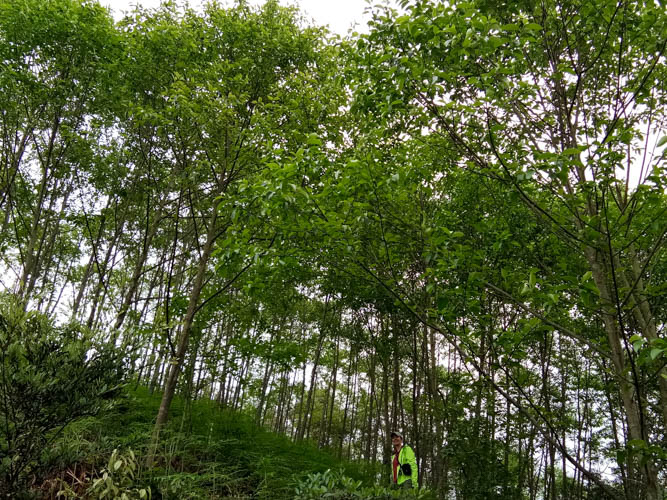
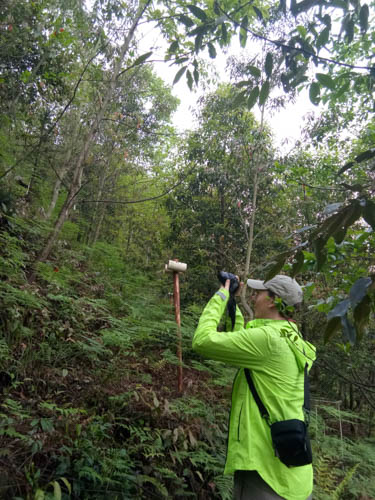
Prof. Dr. Xiaojuan Liu
Institute of Botany, Chinese Academy of Sciences
liuxiaojuan06@ibcas.ac.cn
Prof. Dr. Keping Ma
Institute of Botany, Chinese Academy of Sciences
kpma@ibcas.ac.cn
PhD student: Ting Tang
Species and genotypic specific tree growth under a gradient of species diversity and time series
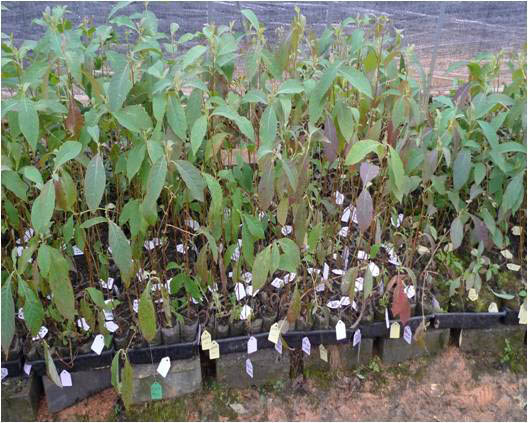
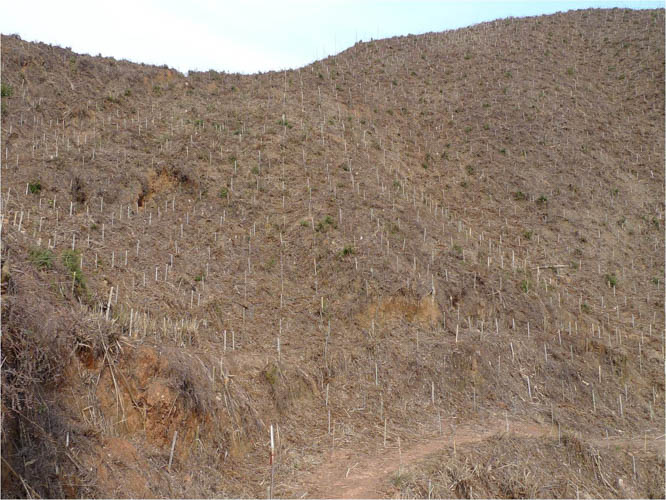
Prof. Dr. Xiaojuan Liu
Institute of Botany, Chinese Academy of Sciences
liuxiaojuan06@ibcas.ac.cn
Prof. Dr. Keping Ma
Institute of Botany, Chinese Academy of Sciences
kpma@ibcas.ac.cn
PhD student: Ting Tang
The role of community trait identity and trait diversity on forest productivity, considering different species extinction scenarios
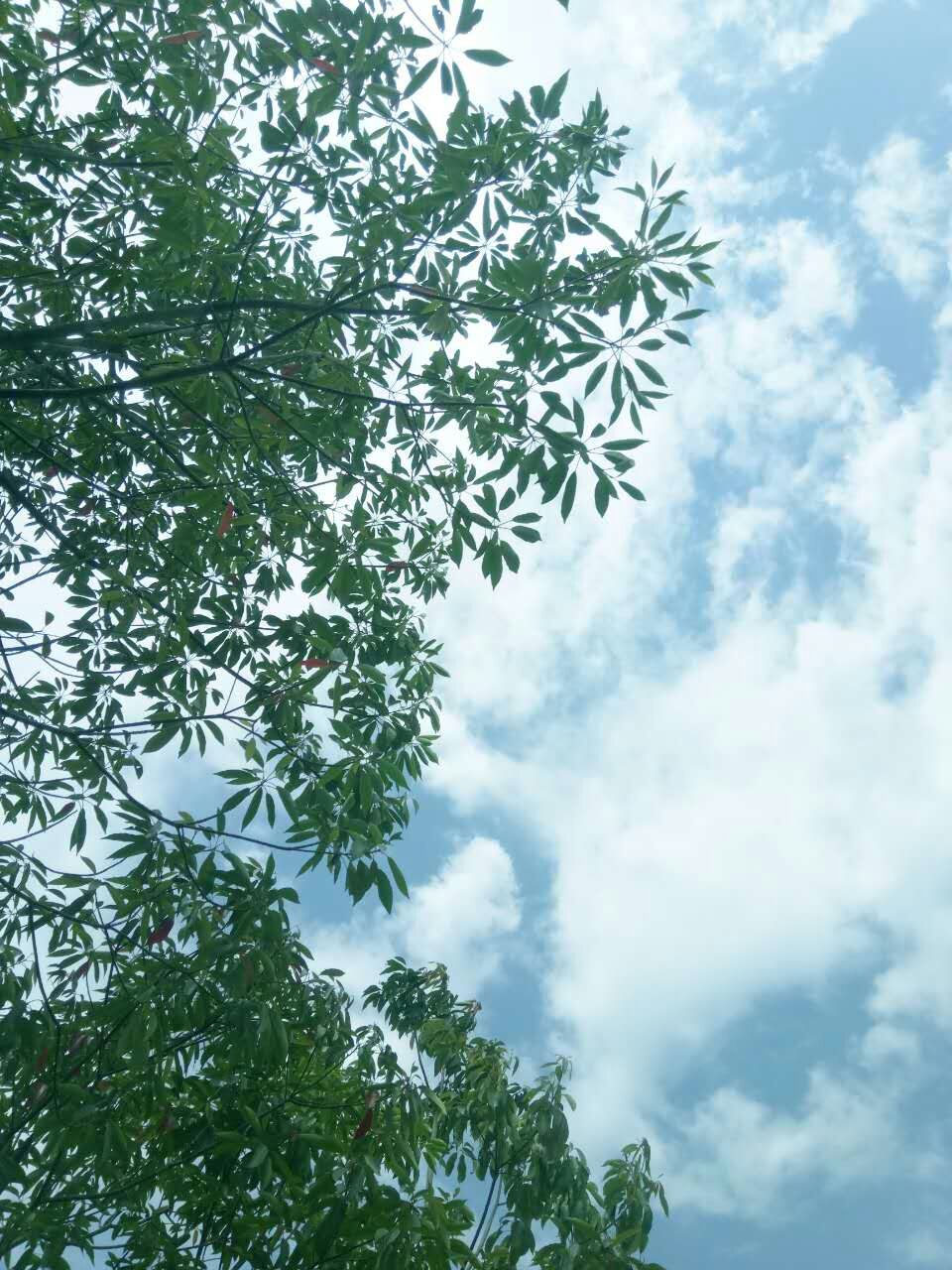
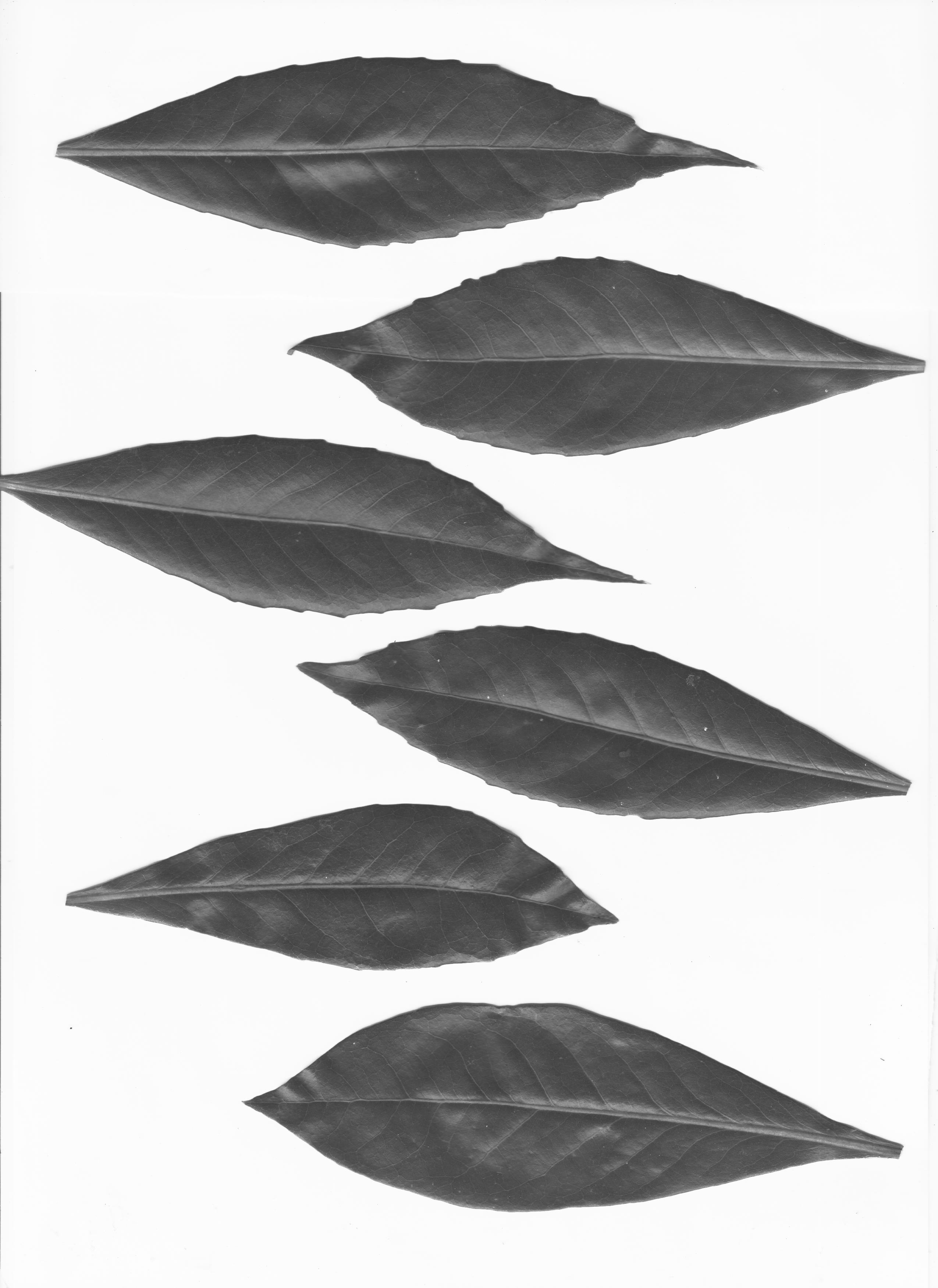
Prof. Dr. Xiaojuan Liu
Institute of Botany, Chinese Academy of Sciences
liuxiaojuan06@ibcas.ac.cn
Prof. Dr. Keping Ma
Institute of Botany, Chinese Academy of Sciences
kpma@ibcas.ac.cn
PhD student: Ting Tang
The richness effect on tree and shrub survival in the BEF-China experiment
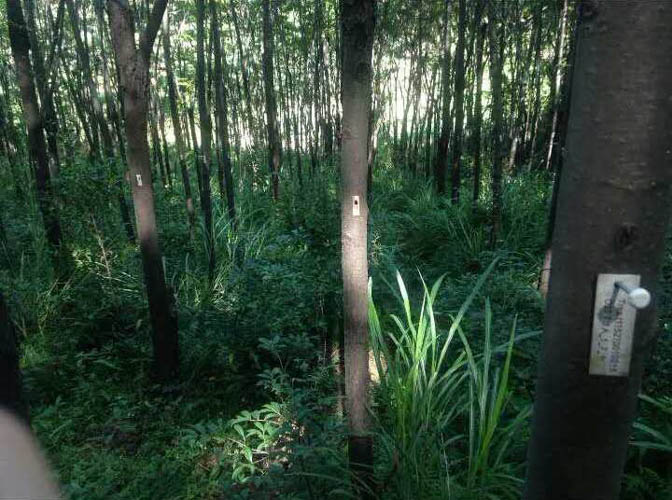
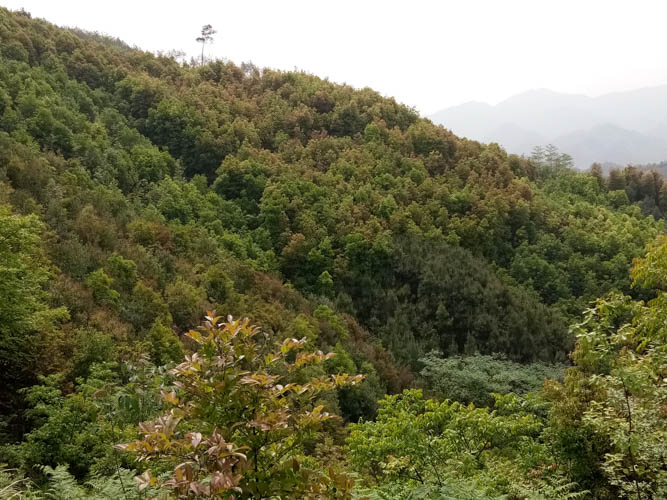
Prof. Dr. Xiaojuan Liu
Institute of Botany, Chinese Academy of Sciences
liuxiaojuan06@ibcas.ac.cn
Prof. Dr. Keping Ma
Institute of Botany, Chinese Academy of Sciences
kpma@ibcas.ac.cn
Postdoc: Dr. Shan Li
Assessing the dynamic of vegetation function and productivity with laser and hyperspectral analyses of CSPs and main experiments
Prof. Dr. Xiaojuan Liu
Institute of Botany, Chinese Academy of Sciences
liuxiaojuan06@ibcas.ac.cn
Prof. Dr. Bernhard Schmid
University of Zurich
bernhard.schmid@ieu.uzh.ch
Prof. Dr. Keping Ma
Institute of Botany, Chinese Academy of Sciences
kpma@ibcas.ac.cn
Prof. Dr. Michael E. Schaepman
University of Zurich
michael.schaepman@geo.uzh.ch
Master student: Xianglu Deng
Understanding plant adaptation to different diversity level by regulating functional balances
Prof. Dr. Xiaojuan Liu
Institute of Botany, Chinese Academy of Sciences
liuxiaojuan06@ibcas.ac.cn
Prof. Dr. Keping Ma
Institute of Botany, Chinese Academy of Sciences
kpma@ibcas.ac.cn
Postdoc: Dr. Lan Zhang
Inference on growth-trait relationships is influenced by temporal species trait changes
Prof. Dr. Xiaojuan Liu
Institute of Botany, Chinese Academy of Sciences
liuxiaojuan06@ibcas.ac.cn
Prof. Dr. Keping Ma
Institute of Botany, Chinese Academy of Sciences
kpma@ibcas.ac.cn
Postdoc: Dr. Franca J. Bongers
Evidence for tree biodiversity-specific performance in a subtropical forest experiment
Prof. Dr. Xiaojuan Liu
Institute of Botany, Chinese Academy of Sciences
liuxiaojuan06@ibcas.ac.cn
Prof. Dr. Keping Ma
Institute of Botany, Chinese Academy of Sciences
kpma@ibcas.ac.cn
PhD student: Ting Tang
Effects of tree richness and shrub richness on shrub productivity
Prof. Dr. Xiaojuan Liu
Institute of Botany, Chinese Academy of Sciences
liuxiaojuan06@ibcas.ac.cn
Master student: Anpeng Cheng
The interation of tree diversity and shrub diversity effect on shrub survival rate
Prof. Dr. Xiaojuan Liu
Institute of Botany, Chinese Academy of Sciences
liuxiaojuan06@ibcas.ac.cn
Prof. Dr. Jingwen Li
Beijing Forestry University
lijingwen@bjfu.edu.cn
Master student: Yujie Xue
Nutrient cycling
Tree and shrub diversity affect soil organic carbon and above- and below-ground carbon trade-off
Prof. Dr. Xiaojuan Liu
Institute of Botany, Chinese Academy of Sciences
liuxiaojuan06@ibcas.ac.cn
Prof. Dr. Lei Chen
Institute of Botany, Chinese Academy of Sciences
chenlei@ibcas.ac.cn
PhD student: Zhuo Yang
Effects of plant diversity on soil organic carbon stability in subtropical forests
Assoc. Prof. Dr. Guoyong Yan
Qufu Normal University
guoyongyan1991@163.com
On the influence of afforestation on soil erosion processes in a subtropical Chinese forest ecosystem
Dr. Zhengshan Song
Jiangsu Normal University
songzhengshan@hotmail.com
Probing soil organic carbon composition and dynamics in the rhizosphere and bulk soil of Gutianshan
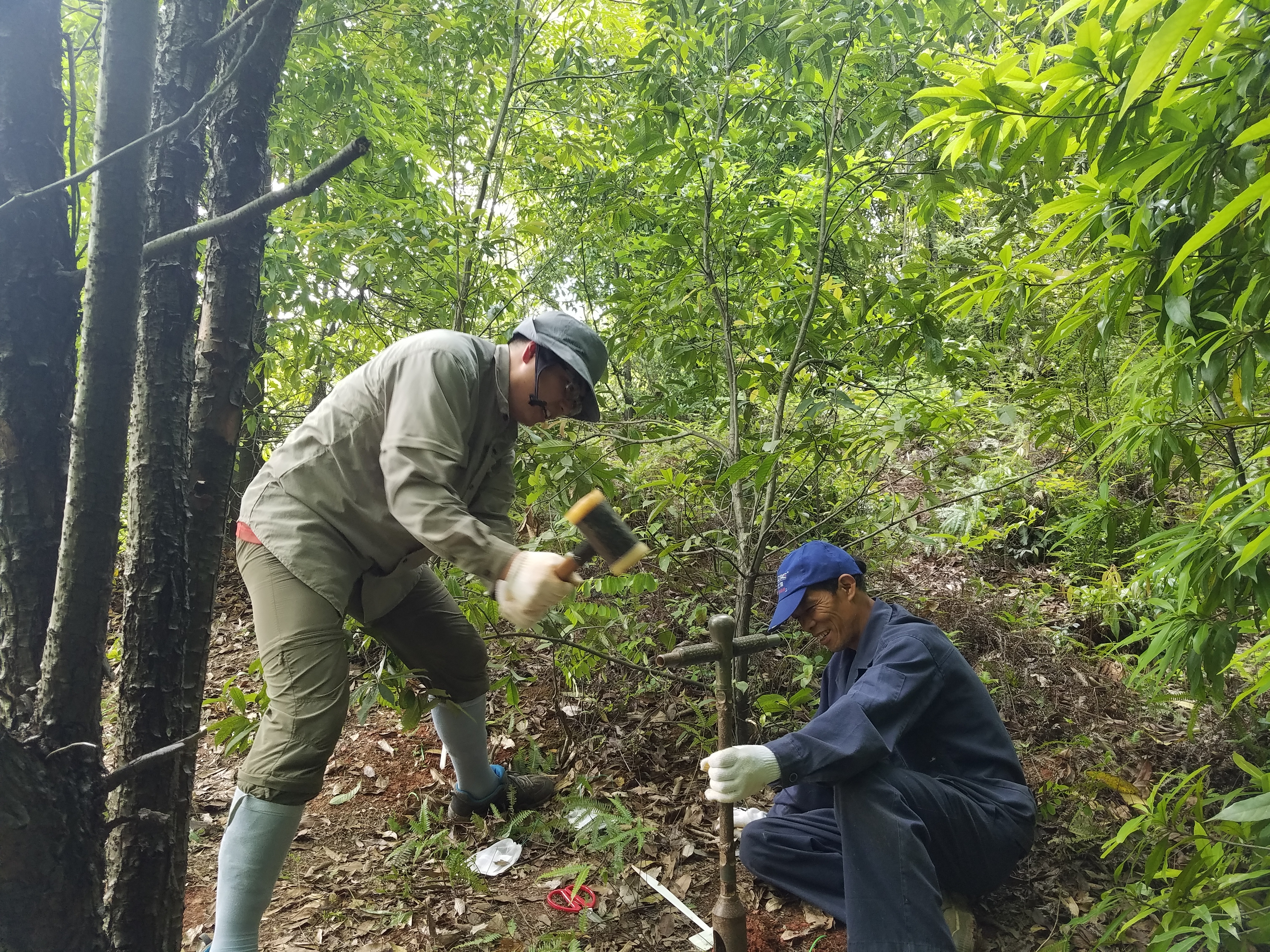
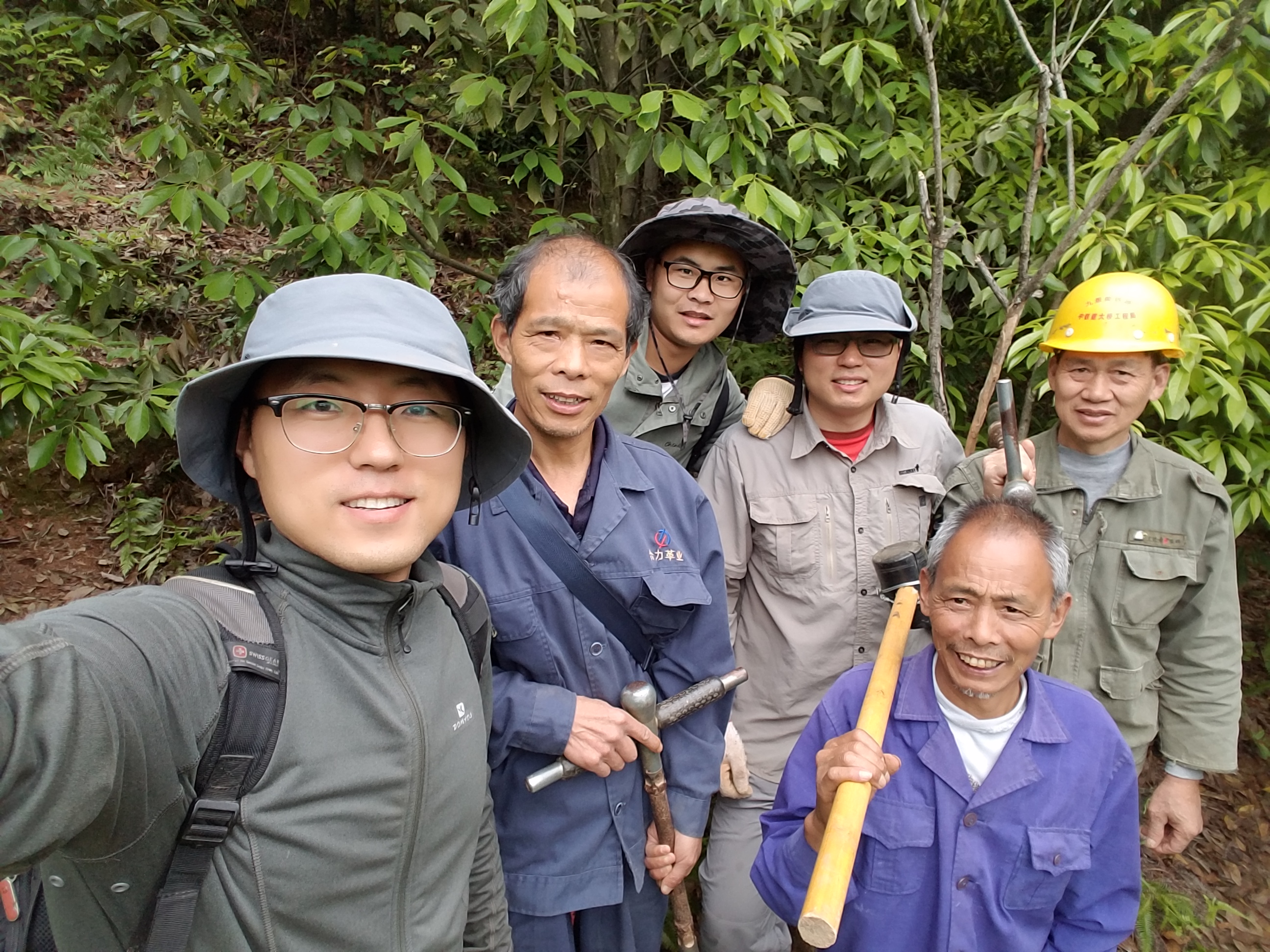
Prof. Dr. Xiaojuan Feng
Institute of Botany, Chinese Academy of Sciences
xfeng@ibcas.ac.cn
Assist. Prof. Dr. Yufu Jia
Institute of Botany, Chinese Academy of Sciences
yufu123jia@163.com
Formation and dynamics of mineral-associated organic carbon in subtropical forests
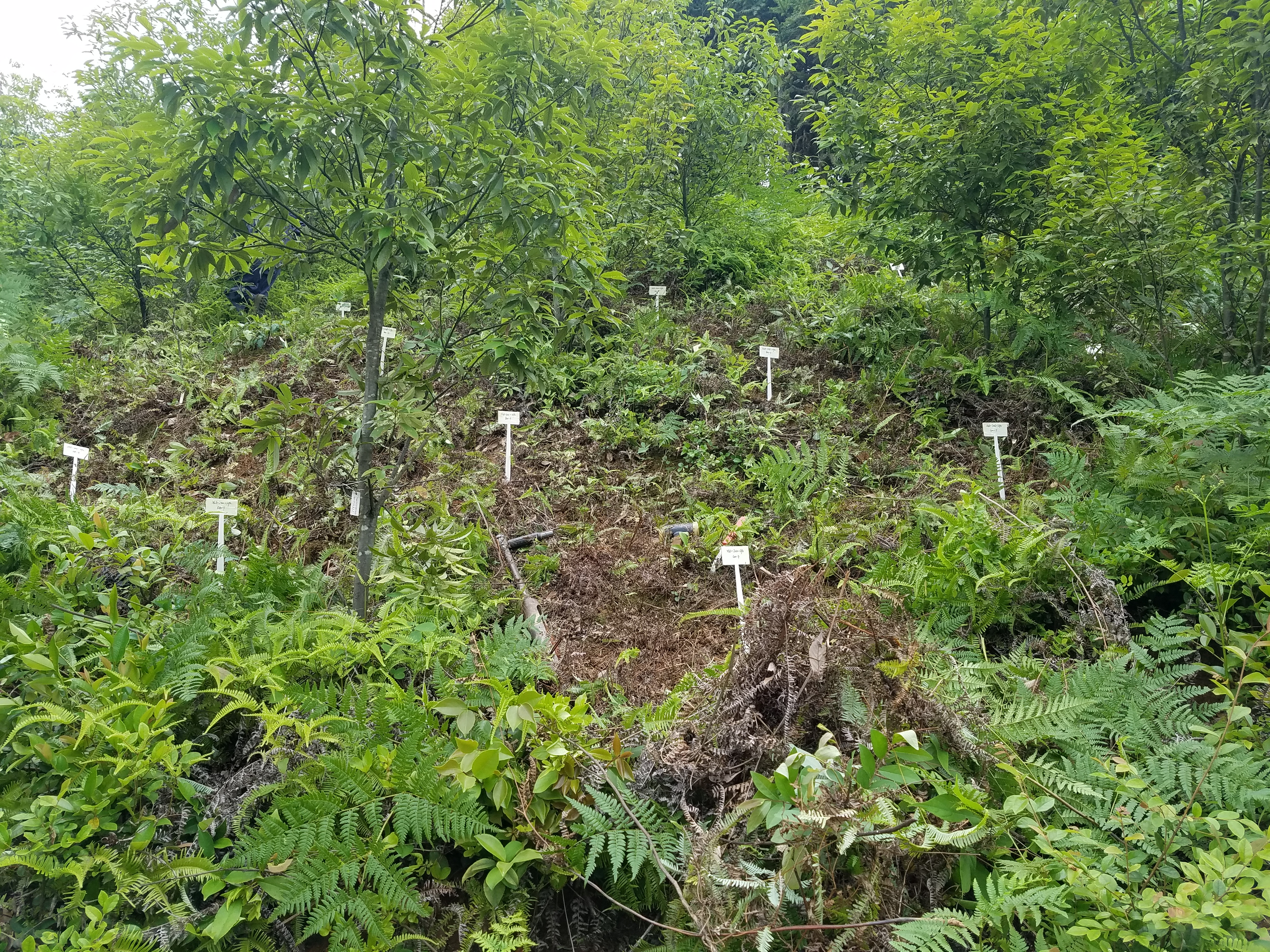
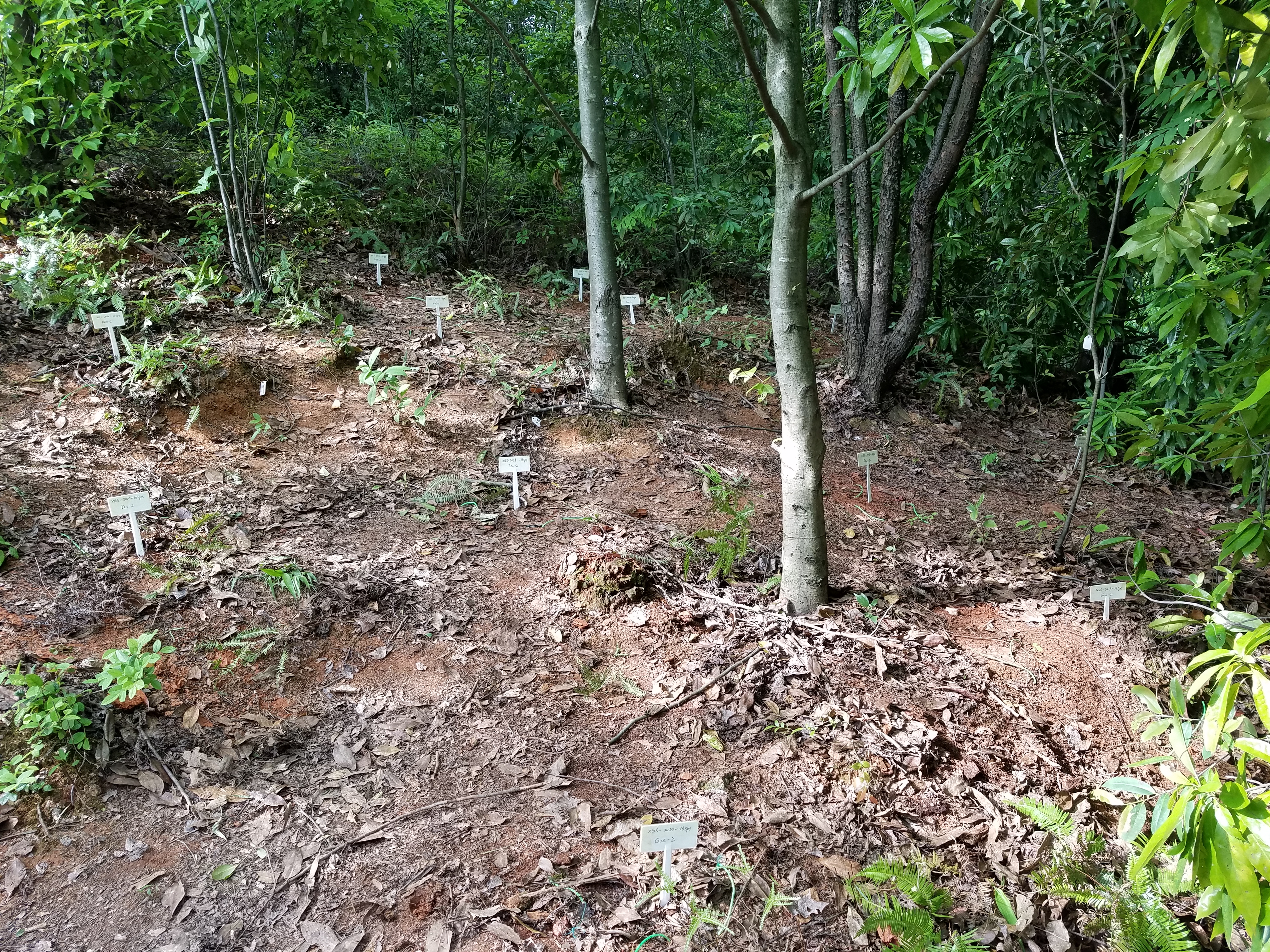
Prof. Dr. Xiaojuan Feng
Institute of Botany, Chinese Academy of Sciences
xfeng@ibcas.ac.cn
PhD student: Zongguang Liu
Effects of plant diversity on greenhouse gas fluxes and associated microbial mechanisms in soils of a subtropical forest

Prof. Dr. Xiaoqi Zhou
School of Ecological and Environmental Sciences, East China Normal University
xqzhou@des.ecnu.edu.cn
Analyses of species richness of the woody plants as affected by nitrogen mineralization via rhizosphere dynamics
Assoc. Prof. Dr. Naili Zhang
Beijing Forestry University
zhangnaili@bjfu.edu.cn
Assoc. Prof. Dr. Laiye Qu
Research Center of Eco-environmental Sciences, Chinese Academy of Sciences
lyqu@rcees.ac.cn
Master student: Siyu Gun
Effects of species richness on priming effects and its underlying mechanisms
Prof. Dr. Xuhui Zhou
East China Normal University
xhzhou@des.ecnu.edu.cn
Postdoc: Yanghui He
Multitrophic interaction
How does the diversity of bees, wasps and parasitoids relate to the tree species richness?
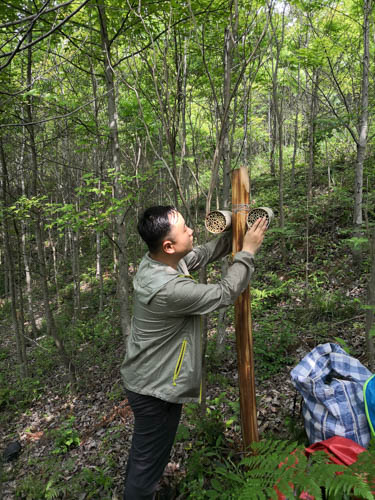
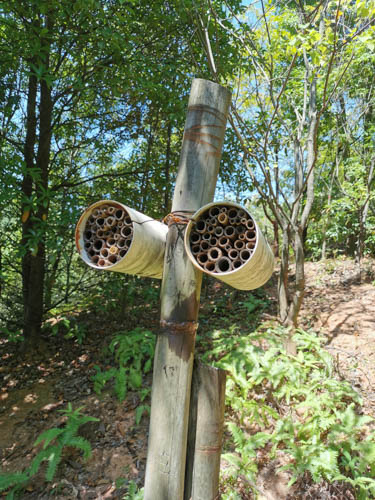
Chaodong Zhu
Institute of Zoology, Chinese Academy of Sciences
zhucd@ioz.ac.cn
PhD student: Guoai Chen
The effects of tree diversity on tree-caterpillar-parasitoid interaction; The effects of tree diversity on predator-prey interaction.
Chaodong Zhu
Institute of Zoology, Chinese Academy of Sciences
zhucd@ioz.ac.cn
PhD student: Jingting Chen
The impact of tree diversity on dung- and carrion-associated beetle community in subtropical southeast China
Prof. Dr. Chaodong Zhu
Institute of Zoology, Chinese Academy of Sciences
zhucd@ioz.ac.cn
Postdoc: Xiaoyu Shi
The interaction between soil mite and tree diversity; The responses of soil mite diversity to different tree species.
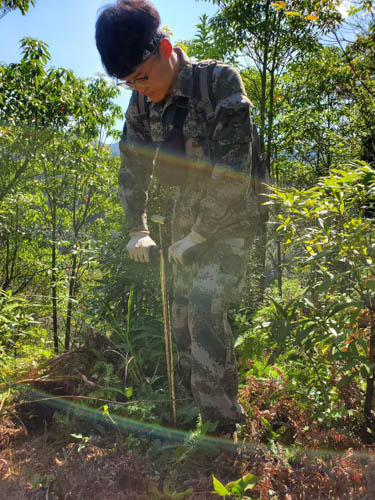
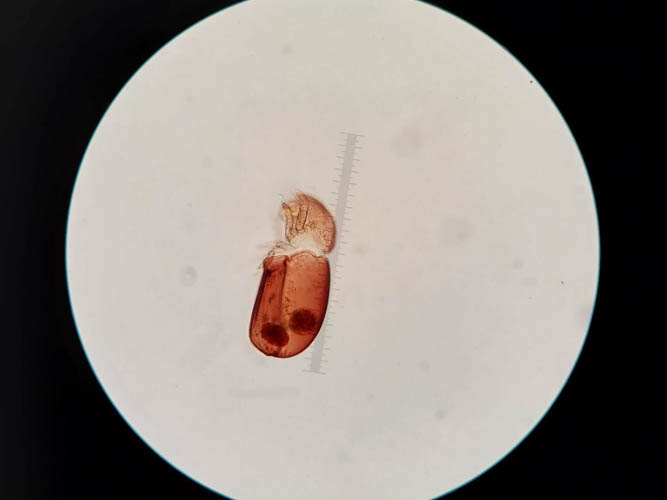
Prof. Dr. Jun Chen
Institute of Zoology, Chinese Academy of Sciences
chenj@ioz.ac.cn
Prof. Dr. Chaodong Zhu
Institute of Zoology, Chinese Academy of Sciences
zhucd@ioz.ac.cn
PhD student: Yannan Chen
Changes in diversity and community structure of Collembola with the tree diversity gradient
Prof. Dr. Donghui Wu
Northeast Institute of Geography and Agroecology, Chinese Academy of Sciences
wudonghui@iga.ac.cn
Postdoc: Zhijing Xie
The effects of tree species diversity on energy fluxes of soil food webs
Assis. Prof. Dr. Shaopeng Wang
Peking University
shaopeng.wang@pku.edu.cn
Effects of tree and shrub species diversity on leaf litter decomposition and microbial decomposers communities inhabiting in litter
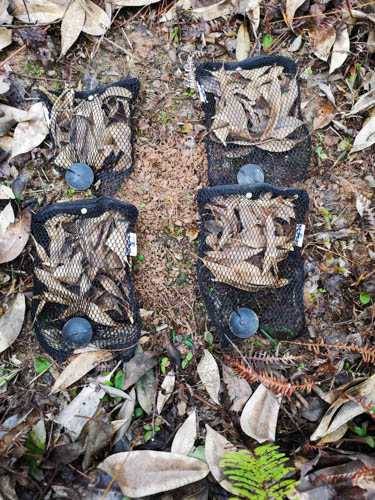
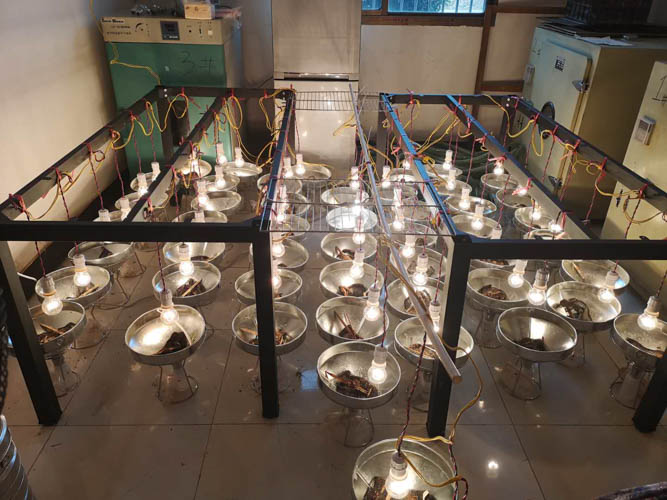
Assoc. Prof. Dr. Naili Zhang
Beijing Forestry University
zhangnaili@bjfu.edu.cn
PhD student: Yumei Pan
Effects of tree and shrub diversity on plant-soil feedback in subtropical forests
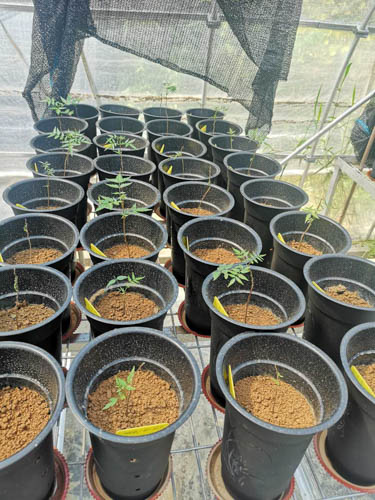
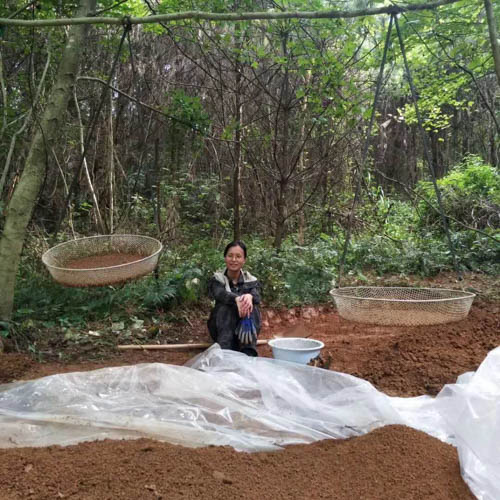
Dr. Hong Lin
NanJing XiaoZhuang University
linhongshengwu2012@163.com
How does the association of tree species richness with litter fungal community change with time
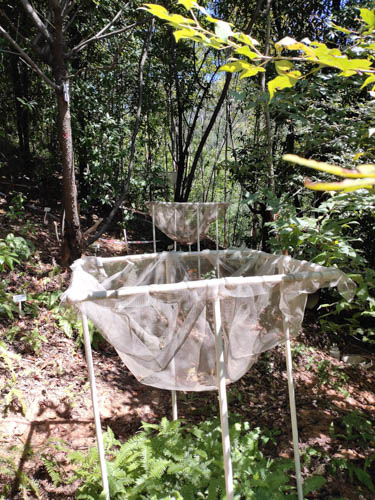

Assoc. Prof. Dr. Naili Zhang
Beijing Forestry University
zhangnaili@bjfu.edu.cn
Master student: Xinlei Zhang
The effects of host plant diversity on the assembly of leaf bacterial communities
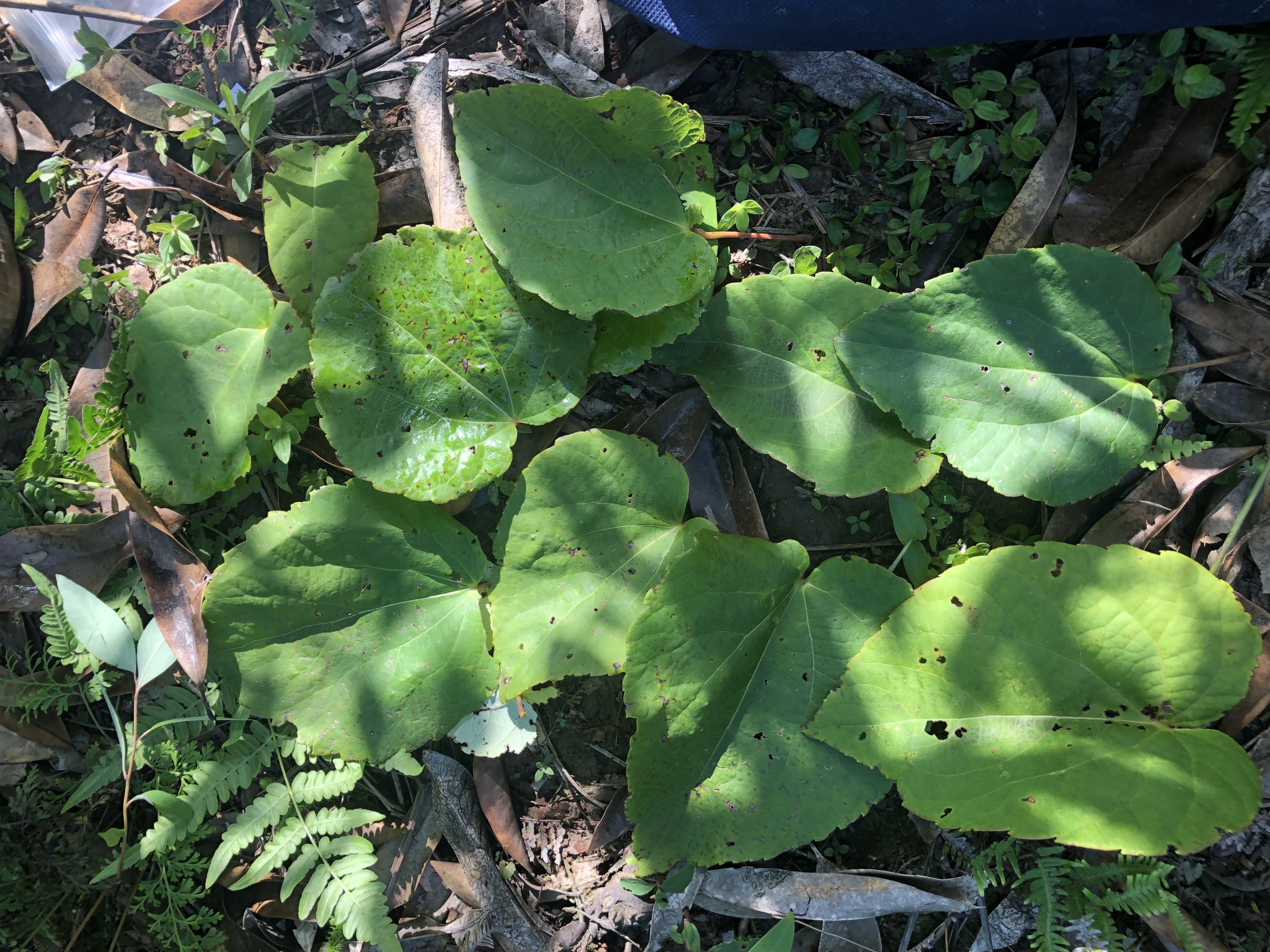
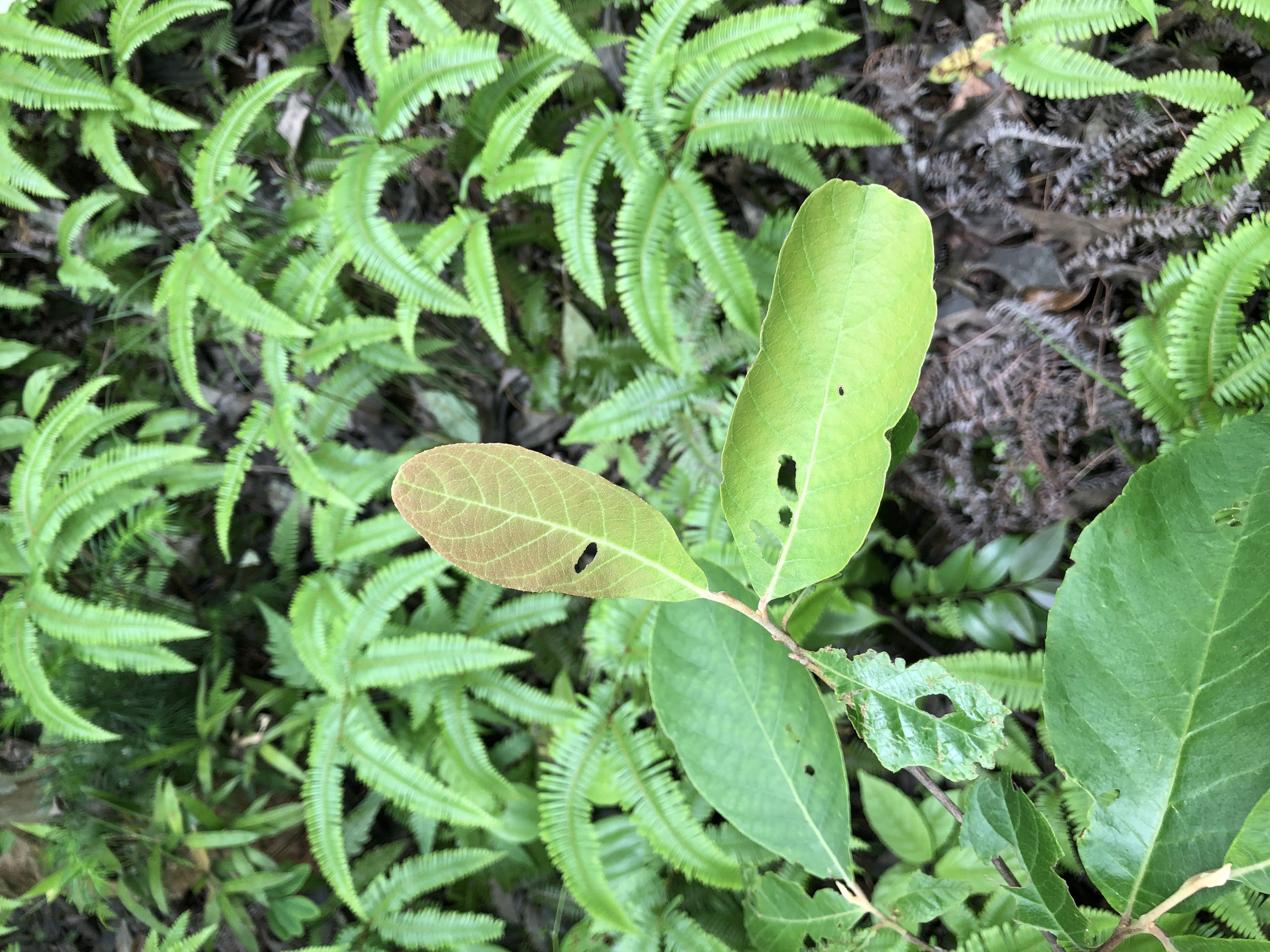
Prof. Dr. Lin Jiang
Georgia Institute of Technology
lin.jiang@biology.gatech.edu
PhD student: Xian Yang
Do trees with extrafloral nectaries interact with tree diversity in mediating insect communities, leaf damage, defense traits and tree growth?

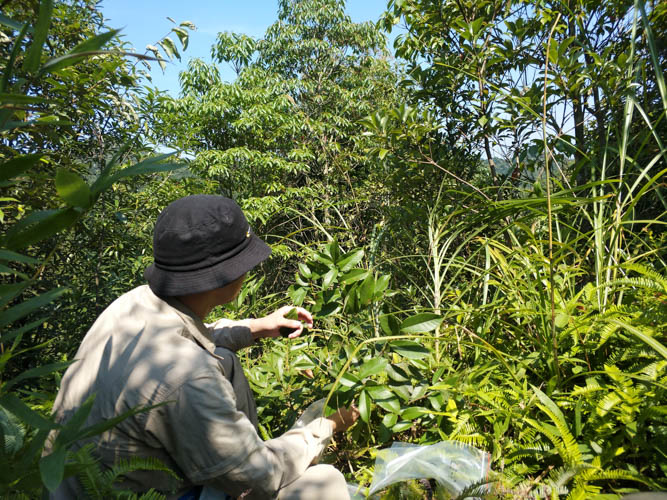
Assoc. Prof. Dr. Xiaojuan Liu
Institute of Botany, Chinese Academy of Sciences
liuxiaojuan06@ibcas.ac.cn
Assoc. Prof. Dr. Naili Zhang
Beijing Forestry University
zhangnaili@bjfu.edu.cn
Assoc. Prof. Dr. Michael Staab
University of Freiburg
michael.staab@nature.uni-freiburg.de
Master student: Stefanie Pietsch
Tree death patterns and dispersal of pathogens in forest stand with different tree diversity
Assoc. Prof. Dr. Yu Liang
Institute of Botany, Chinese Academy of Sciences
coolrain@ibcas.ac.cn
Master student: Shaoran Li
Dispersal of pathogens in forest stand with different tree diversity
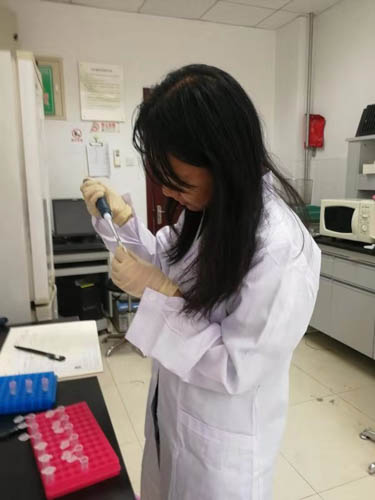
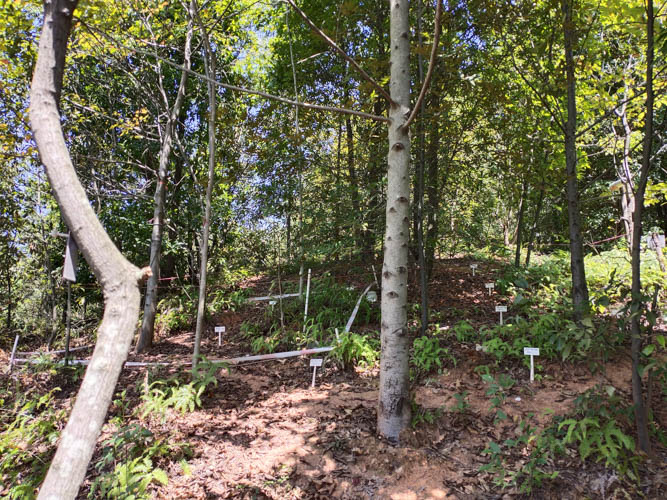
Assoc. Prof. Dr. Yu Liang
Institute of Botany, Chinese Academy of Sciences
coolrain@ibcas.ac.cn
Master student: Shaoran Li
The effects of tree species diversity on soil organic carbon accumulation and its microbial mechanisms in subtropical forests
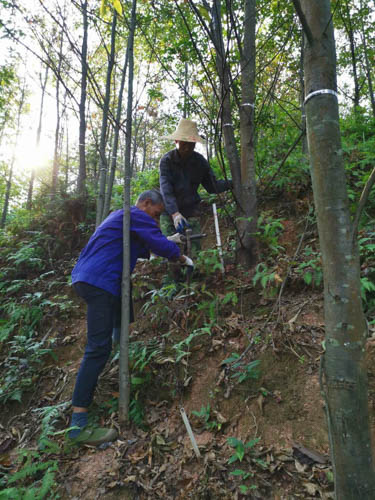
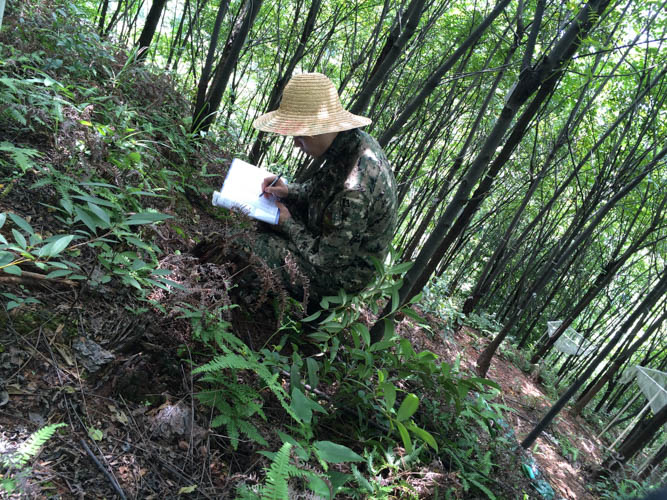
Assoc. Prof. Dr. Yin Li Sanming University
lijiang413508@126.com
The effect of plant species diversity and genetic diversity on multi-trophic levels and their feedbacks on community productivity
Assoc. Prof. Dr. Xiaojuan Liu
Institute of Botany, Chinese Academy of Sciences
liuxiaojuan06@ibcas.ac.cn
Prof. Dr. Keping Ma
Institute of Botany, Chinese Academy of Sciences
kpma@ibcas.ac.cn
PhD student: Ting Tang
Response of fine root, mycorrhizal fungi and their interaction to species coexistence in subtropical forest
Prof. Dr. Bo Yang
Jingdezhen University
yangbomvp@aliyun.com
Master student: Fangmin Hu
